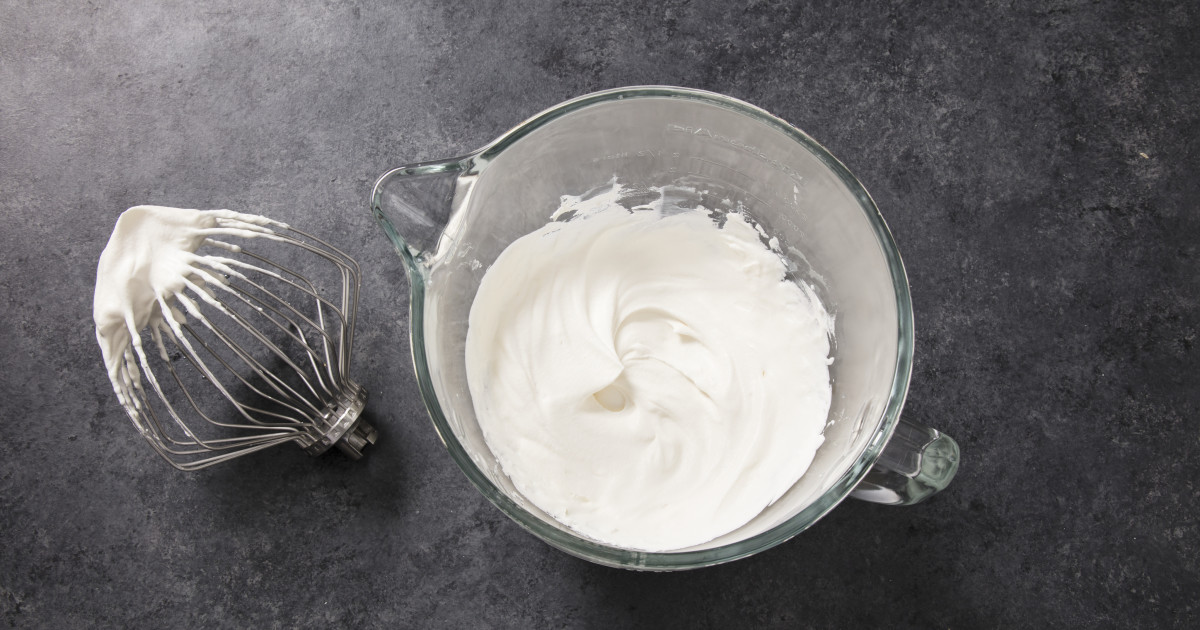

Articles
How To Store Whipping Cream
Modified: February 24, 2024
Learn how to store whipping cream properly to keep it fresh and creamy for longer. Read our helpful articles on the best methods and tips for storing whipping cream.
(Many of the links in this article redirect to a specific reviewed product. Your purchase of these products through affiliate links helps to generate commission for Storables.com, at no extra cost. Learn more)
Introduction
Whipping cream is a versatile ingredient that adds richness and creaminess to various dishes and desserts. Whether you’re using it to top a slice of pie, create a decadent sauce, or whip it into a light and fluffy texture, properly storing whipping cream is essential to maintain its freshness and quality.
While whipping cream can be found in most grocery stores, it’s important to remember that it is a perishable product. Improper storage can lead to spoilage, resulting in a sour taste and a thicker texture. To prevent wastage and ensure you always have fresh whipping cream on hand, it’s crucial to know the best storage practices.
In this article, we will discuss the importance of properly storing whipping cream, the factors that affect its shelf life, general guidelines for storage, and tips to maintain its quality. So let’s dive in and learn how to store whipping cream properly!
Key Takeaways:
- Properly storing whipping cream is crucial to maintain its freshness, flavor, and safety. Refrigerate promptly, use airtight containers, and be mindful of temperature fluctuations to ensure optimal quality.
- Freezing whipped cream can extend its shelf life, but thaw it slowly in the refrigerator and gently stir or re-whip to restore texture. Avoid common mistakes like leaving it at room temperature and using improper containers.
Read more: How To Store Whipped Cream After Whipping
Importance of Properly Storing Whipping Cream
Properly storing whipping cream is crucial for maintaining its freshness, flavor, and texture. The quality and shelf life of whipping cream can be significantly affected by temperature, exposure to light, and other external factors. Here are some reasons why it’s important to store whipping cream correctly:
- Prevent Spoilage: Whipping cream is a perishable dairy product that can spoil quickly if not stored properly. When exposed to air and higher temperatures, it becomes susceptible to bacteria growth, leading to an unpleasant taste and odor. By storing whipping cream in the ideal conditions, you can extend its shelf life and minimize the risk of spoilage.
- Maintain Freshness: Freshness is key when it comes to whipping cream. Proper storage helps preserve its creamy texture and rich flavor, ensuring that it enhances your recipes and dishes to the fullest. By avoiding exposure to heat, light, and air, you can maintain the freshness of your whipping cream for longer periods.
- Ensure Food Safety: Storing whipping cream at the correct temperature reduces the risk of bacterial contamination, which can cause foodborne illnesses. Keeping it chilled prevents harmful bacteria from multiplying and helps ensure the safety of the whipped cream and any dishes it is used in.
- Save Money: Whipping cream can be quite expensive, and wasting it due to improper storage is not only disappointing but also costly. By following the recommended storage methods, you can extend the life of your whipping cream, minimizing waste and saving money in the long run.
- Promote Versatility: Properly stored whipping cream retains its versatility, allowing you to use it for a wide range of recipes and culinary creations. Whether you need it for baking, cooking, or as a topping for desserts and hot beverages, ensuring the quality of your whipping cream ensures optimal results in all your culinary endeavors.
Now that we understand the importance of properly storing whipping cream, let’s explore the factors that can affect its shelf life and learn some general guidelines for storage.
Factors Affecting Whipping Cream Shelf Life
The shelf life of whipping cream can be influenced by several factors. Understanding these factors can help you ensure that your whipping cream stays fresh for as long as possible. Here are the main factors that can affect the shelf life of whipping cream:
- Temperature: Temperature plays a significant role in the shelf life of whipping cream. It is important to keep whipping cream refrigerated at temperatures between 35°F and 40°F (1.7°C and 4.4°C). Exposure to higher temperatures can promote the growth of bacteria and speed up the spoiling process.
- Exposure to Light: Whipping cream should be stored in opaque containers or wrapped tightly in foil to prevent exposure to light. Light can break down the fats in the cream, leading to off-flavors and a shorter shelf life.
- Packaging: The packaging of whipping cream can affect its shelf life. It is best to choose whipping cream that comes in airtight containers to prevent air and moisture from entering and spoiling the cream. If you transfer whipping cream to another container, make sure it is well-sealed to maintain freshness.
- Freshness at Purchase: The freshness of whipping cream at the time of purchase can impact its shelf life. Always check the expiration date and choose whipping cream with the furthest date in order to have more time to use it before it spoils.
- Contamination: Proper hygiene is crucial when handling whipping cream to avoid cross-contamination. Make sure to use clean utensils and containers when scooping or pouring whipping cream to prevent introducing foreign substances that can spoil the cream.
It is important to note that the shelf life of whipping cream can vary depending on these factors. It is always best to use your senses of sight, smell, and taste to determine if the whipping cream is still good to use, regardless of the expiration date.
Now that we have covered the factors that affect the shelf life of whipping cream, let’s explore the general guidelines for storing it effectively.
General Guidelines for Storing Whipping Cream
To ensure the longevity and quality of your whipping cream, it is essential to follow these general guidelines for proper storage:
- Refrigerate Immediately: As soon as you bring your whipping cream home from the grocery store, refrigerate it promptly. High temperatures can cause the cream to spoil quickly, so it’s important to minimize the time it spends at room temperature.
- Check the Expiration Date: Before storing your whipping cream, check the expiration date on the package. Using whipping cream past its expiration date can lead to an unpleasant taste and texture. Always aim to use it before the expiration date for optimal freshness.
- Keep it Well-Sealed: Whipping cream should be stored in airtight containers or wrapped tightly in plastic wrap to prevent exposure to air and moisture. This will help maintain its freshness and prevent the absorption of any odors from other foods in the refrigerator.
- Choose the Right Storage Container: If you need to transfer your whipping cream to a different container, opt for a glass or plastic container with a secure lid. Avoid using metal containers, as they can affect the taste of the cream.
- Store in the Coldest Part of the Refrigerator: Place your whipping cream in the coldest part of the refrigerator, typically the back of the bottom shelf. This area experiences the least temperature fluctuations, helping to maintain the ideal storage conditions for the cream.
- Avoid Frequent Temperature Changes: To preserve the quality of the whipping cream, avoid frequently taking it in and out of the refrigerator. Rapid temperature changes can affect its texture and lead to spoilage. Only remove the amount you need and return the rest to the refrigerator promptly.
- Do Not Freeze Unwhipped Whipping Cream: While whipping cream is freezable, it is not recommended to freeze it in its original liquid form. Freezing whipping cream can cause the emulsion to break, resulting in texture changes and separation. It is best to whip the cream before freezing it for better results.
By following these general guidelines, you can ensure that your whipping cream remains fresh, flavorful, and ready to use whenever you need it. In the next sections, we will discuss specific storage methods for both the refrigerator and freezer to further maximize the shelf life of your whipping cream.
Refrigerator Storage Method
Properly storing whipping cream in the refrigerator is vital to maintaining its quality and freshness. Here is a step-by-step guide on how to store whipping cream in the refrigerator:
- Check the Temperature: Ensure that your refrigerator is set to a temperature between 35°F and 40°F (1.7°C and 4.4°C). This temperature range is optimal for slowing down the growth of bacteria and keeping your whipping cream fresh for a longer period.
- Keep it Sealed: If the whipping cream is in its original container, make sure the lid is tightly closed. If you need to transfer it to a different container, use an airtight one with a secure lid to prevent air and moisture from entering.
- Select the Right Shelf: Place the whipping cream on one of the lower shelves of the refrigerator. This helps keep it cooler and minimizes the exposure to temperature fluctuations that may occur when the refrigerator door is opened frequently.
- Avoid the Door: Avoid storing whipping cream in the refrigerator door, as it is subject to frequent temperature changes when the door is opened. This can affect the cream’s quality and lead to faster spoilage.
- Separate from Strong Odors: Keep whipping cream away from strong-smelling foods, such as onions or garlic, to prevent the cream from absorbing any unwanted odors. Store it in a dedicated section or use odor-sealed containers to maintain its delicate flavor.
- Check for Signs of Spoilage: Periodically check the whipping cream for any signs of spoilage, such as an off-color, sour smell, or curdled texture. If you notice any of these signs, discard the cream immediately as it is no longer safe to consume.
By following these steps, you can ensure that your whipping cream remains fresh and of high quality for an extended period. However, if you find that you are unable to use the whipping cream before its expiration date, freezing it can be a viable option. Let’s explore the freezer storage method in the next section.
Store whipping cream in the coldest part of the refrigerator, usually the back. Keep it tightly sealed to prevent absorbing other odors and use it within 5-7 days of opening.
Read more: How To Store Whipped Cream
Freezer Storage Method
If you have excess whipping cream or want to extend its shelf life beyond what the refrigerator can provide, freezing is a suitable option. Freezing whipping cream can help preserve its freshness for a longer period. Here’s how to store whipping cream in the freezer:
- Whip the Cream: Before freezing whipping cream, it’s best to whip it to incorporate air into the cream and stabilize its structure. This will help prevent separation and maintain the desired texture when thawed.
- Divide into Portion Sizes: Divide the whipped cream into convenient portion sizes. This will make it easier to thaw only the amount you need without having to defrost the entire batch.
- Wrap and Seal: Place the portions of whipped cream into airtight freezer-safe containers or heavy-duty freezer bags. Make sure to remove as much air as possible from the containers or bags before sealing them tightly to prevent freezer burn.
- Label and Date: Label each container or bag with the date of freezing. This will help you keep track of how long the whipped cream has been in the freezer and ensure you use the oldest portions first.
- Store in the Freezer: Place the containers or bags of whipped cream in the freezer, ideally in the coldest part of the freezer, such as the back or the bottom shelf. This will help maintain a consistent temperature and minimize exposure to temperature fluctuations.
- Thawing and Using Frozen Whipped Cream: When you’re ready to use the frozen whipped cream, transfer the desired amount to the refrigerator and allow it to thaw slowly overnight. Avoid thawing it at room temperature, as rapid thawing can affect the texture. Once thawed, give it a gentle stir or re-whip it to restore its smooth consistency before using it in your recipes.
It is important to note that freezing whipping cream may cause slight changes in texture, but with appropriate thawing and gentle mixing, it can still be used for most applications, such as toppings or fillings. However, it may not whip to the same volume as fresh whipping cream.
By following these steps, you can enjoy the convenience of freezing whipping cream and always have a supply ready for your culinary creations. Now, let’s explore some additional tips to help you maintain the quality of your whipping cream.
Tips for Maintaining Whipping Cream Quality
To ensure that your whipping cream stays fresh and maintains its quality over time, consider the following tips:
- Use Fresh Cream: Start with fresh whipping cream to maximize its shelf life. Check the expiration date before purchasing and choose the cream with the furthest date. Fresher cream will have a longer shelf life.
- Handle with Clean Utensils: When scooping or pouring whipping cream, always use clean utensils to prevent introducing bacteria or contaminants that can spoil the cream.
- Avoid Contamination: Store whipping cream in separate containers away from strong-smelling foods, as it can absorb odors easily. Also, avoid double-dipping or using dirty utensils in the cream to prevent contamination.
- Keep it Sealed: Always keep your whipping cream tightly sealed in its original container or airtight storage container to prevent air, moisture, and odors from affecting the cream’s quality and freshness.
- Use the Oldest First: If you have multiple containers or portions of whipping cream, make sure to use the oldest ones first to prevent them from sitting in the refrigerator or freezer for too long and losing their freshness.
- Be Mindful of Temperature Fluctuations: Avoid exposing whipping cream to frequent temperature changes by minimizing the time spent outside the refrigerator or freezer. Rapid fluctuations can lead to condensation and spoilage.
- Thaw Slowly and Gently: When thawing frozen whipping cream, do so slowly in the refrigerator overnight. Avoid thawing at room temperature, as it can lead to uneven thawing and texture changes. Gentle stirring or re-whipping can help restore the desired consistency.
- Properly Store Leftover Whipped Cream: If you have leftover whipped cream, store it in an airtight container in the refrigerator. Use it within a day or two for best results.
- Trust Your Senses: Always use your senses of sight, smell, and taste to determine if whipping cream is still fresh and safe to use. If you notice any off-color, strange odors, or an unusual texture, it’s best to discard it.
By following these tips, you can maintain the quality and freshness of your whipping cream, ensuring that it enhances your culinary creations and provides a delightful indulgence.
Now, let’s take a look at some common mistakes to avoid when storing your whipping cream.
Common Mistakes to Avoid
When it comes to storing whipping cream, there are a few common mistakes that can lead to spoilage and a decrease in quality. By avoiding these mistakes, you can ensure that your whipping cream remains fresh and ready to use. Here are some common mistakes to avoid:
- Leaving Whipping Cream at Room Temperature: Leaving whipping cream at room temperature for an extended period can lead to bacterial growth and spoilage. Always refrigerate it promptly to maintain its freshness.
- Storing Whipping Cream in the Door: The refrigerator door is subject to frequent temperature changes when opened. Avoid storing whipping cream in the door, as it can lead to temperature fluctuations and affect its quality.
- Using Improper Containers: Using improper containers or leaving whipping cream exposed to air can cause it to spoil quickly. Always use airtight containers or wrap it tightly to prevent air and moisture from reaching the cream.
- Not Checking Expiration Dates: Ignoring or not checking the expiration date on the whipping cream container can lead to using expired cream, which can result in off-flavors and a shorter shelf life.
- Freezing Unwhipped Whipping Cream in Liquid Form: Freezing unwhipped liquid whipping cream can cause the emulsion to break, resulting in texture changes and separation. Whip the cream before freezing it for better results.
- Thawing Whipped Cream at Room Temperature: Thawing whipped cream at room temperature can lead to uneven thawing, texture changes, and potential bacterial growth. Always thaw it slowly in the refrigerator to maintain its texture and quality.
- Not Checking for Spoilage Signs: Failing to check for signs of spoilage, such as off-color, odor, or curdled texture, before using whipping cream can lead to unpleasant taste and potential foodborne illness. Always trust your senses and discard any cream that shows signs of spoilage.
By avoiding these common mistakes, you can ensure that your whipping cream remains fresh, delicious, and safe to use. Now, let’s wrap up our discussion on the proper storage of whipping cream.
Conclusion
Properly storing whipping cream is essential for maintaining its freshness, flavor, and overall quality. By following the guidelines and tips outlined in this article, you can ensure that your whipping cream remains at its best for as long as possible.
Remember to refrigerate whipping cream promptly after purchasing it and keep it sealed in airtight containers to prevent air, moisture, and odors from affecting its quality. Avoid storing whipping cream in the refrigerator door and be mindful of temperature fluctuations to maintain its optimal shelf life.
If you have excess whipping cream or want to extend its shelf life further, freezing the whipped cream after whipping it can be a convenient option. Just be sure to thaw it slowly in the refrigerator when needed, and gently stir or re-whip it to restore its texture.
Avoid common mistakes such as leaving whipping cream at room temperature, using improper containers, ignoring expiration dates, and not checking for signs of spoilage. By avoiding these pitfalls, you can enjoy fresh and delicious whipping cream in all your culinary creations.
Properly stored whipping cream not only helps you save money by reducing waste but also ensures that you always have this versatile ingredient ready to enhance your recipes and delight your taste buds.
So, remember to handle your whipping cream with care, refrigerate or freeze it promptly, and trust your senses to determine its freshness. By following these guidelines, you can enjoy the creamy, rich goodness of whipping cream in all its culinary applications. Happy cooking and indulging!
Frequently Asked Questions about How To Store Whipping Cream
Was this page helpful?
At Storables.com, we guarantee accurate and reliable information. Our content, validated by Expert Board Contributors, is crafted following stringent Editorial Policies. We're committed to providing you with well-researched, expert-backed insights for all your informational needs.
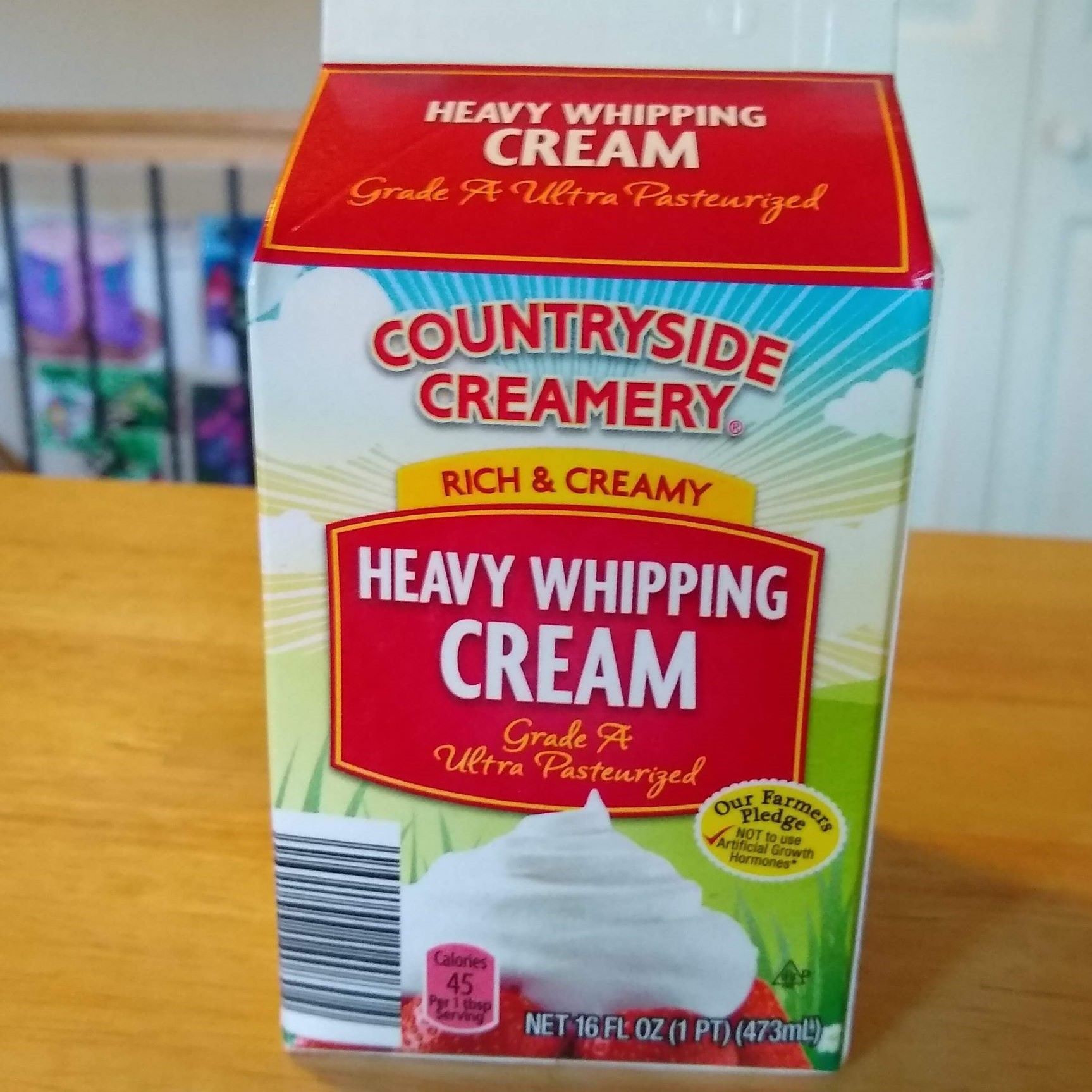
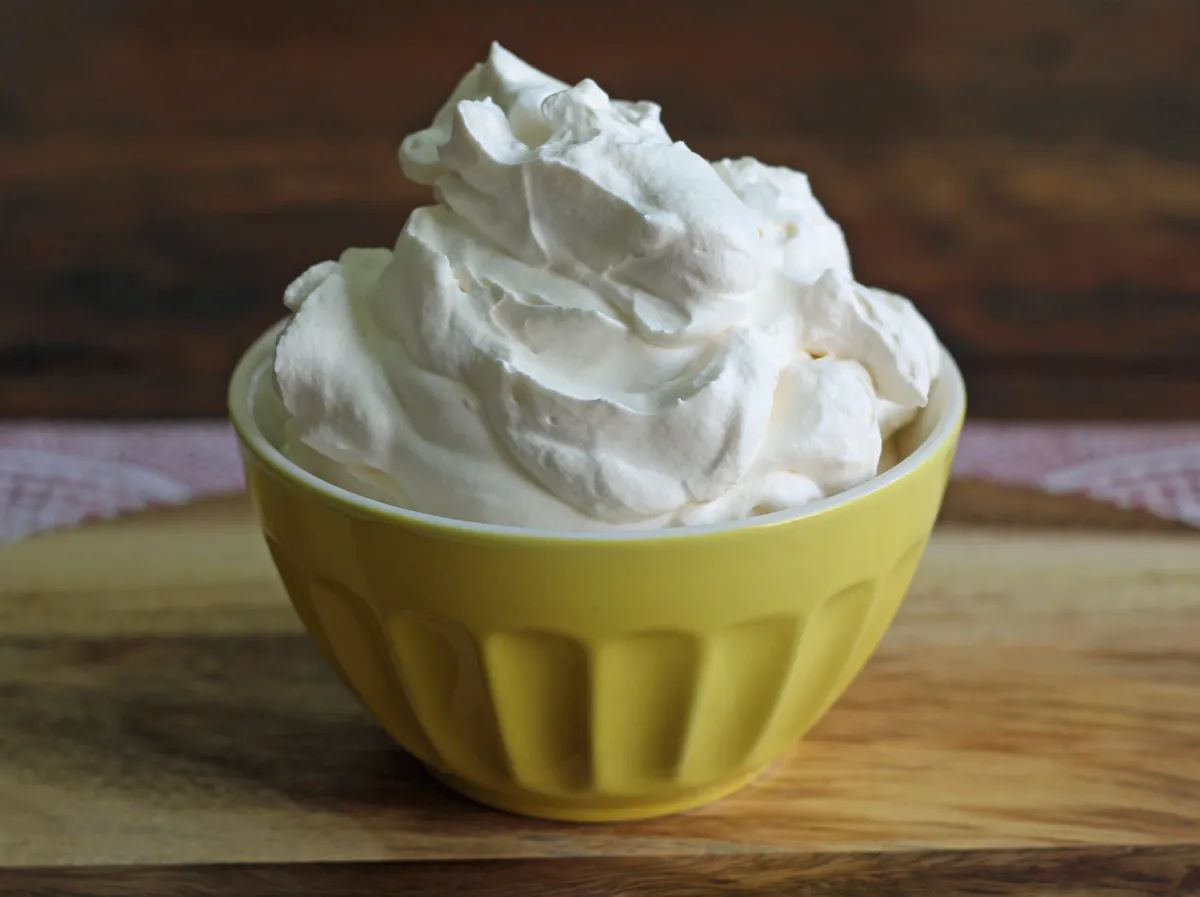
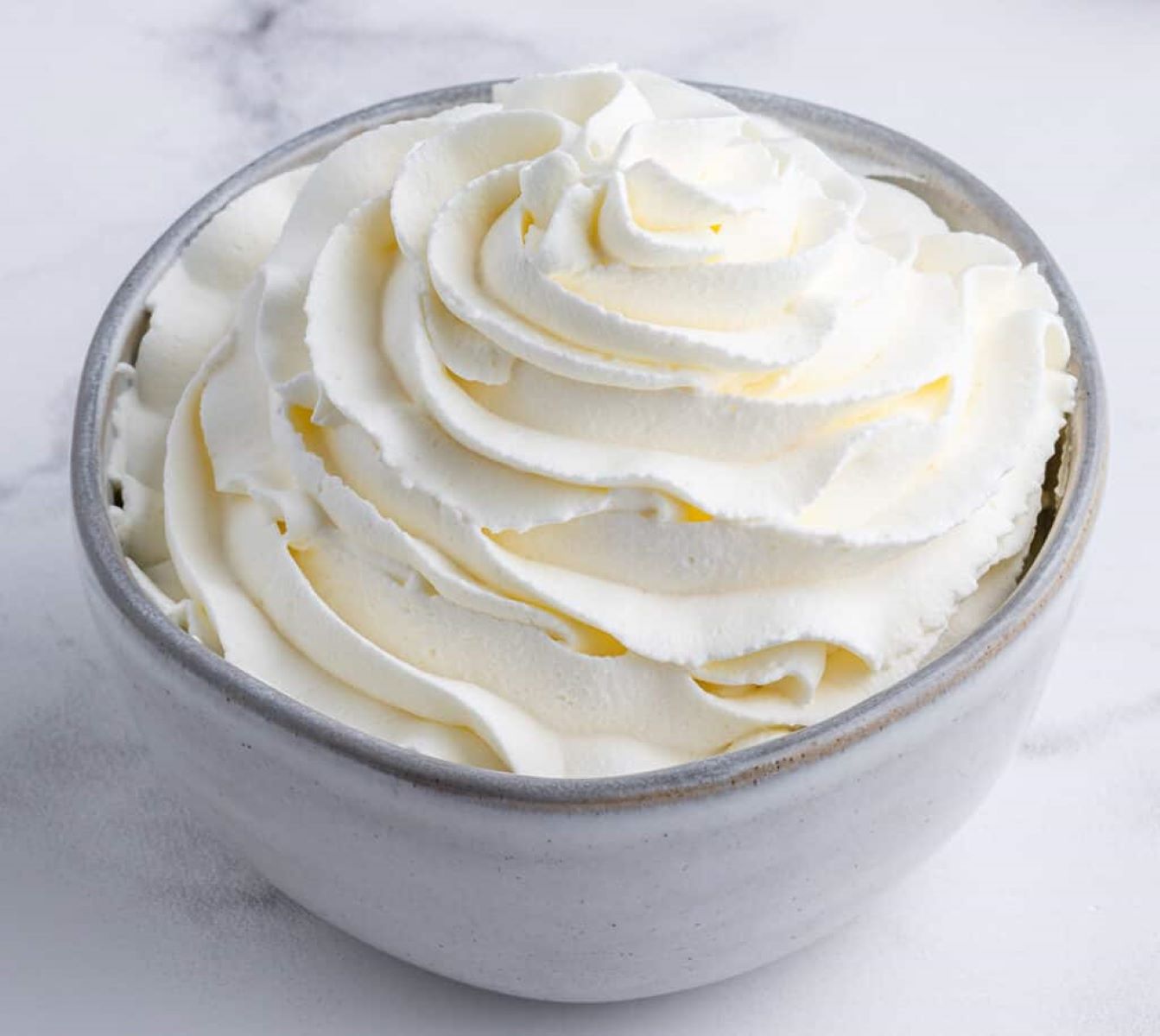
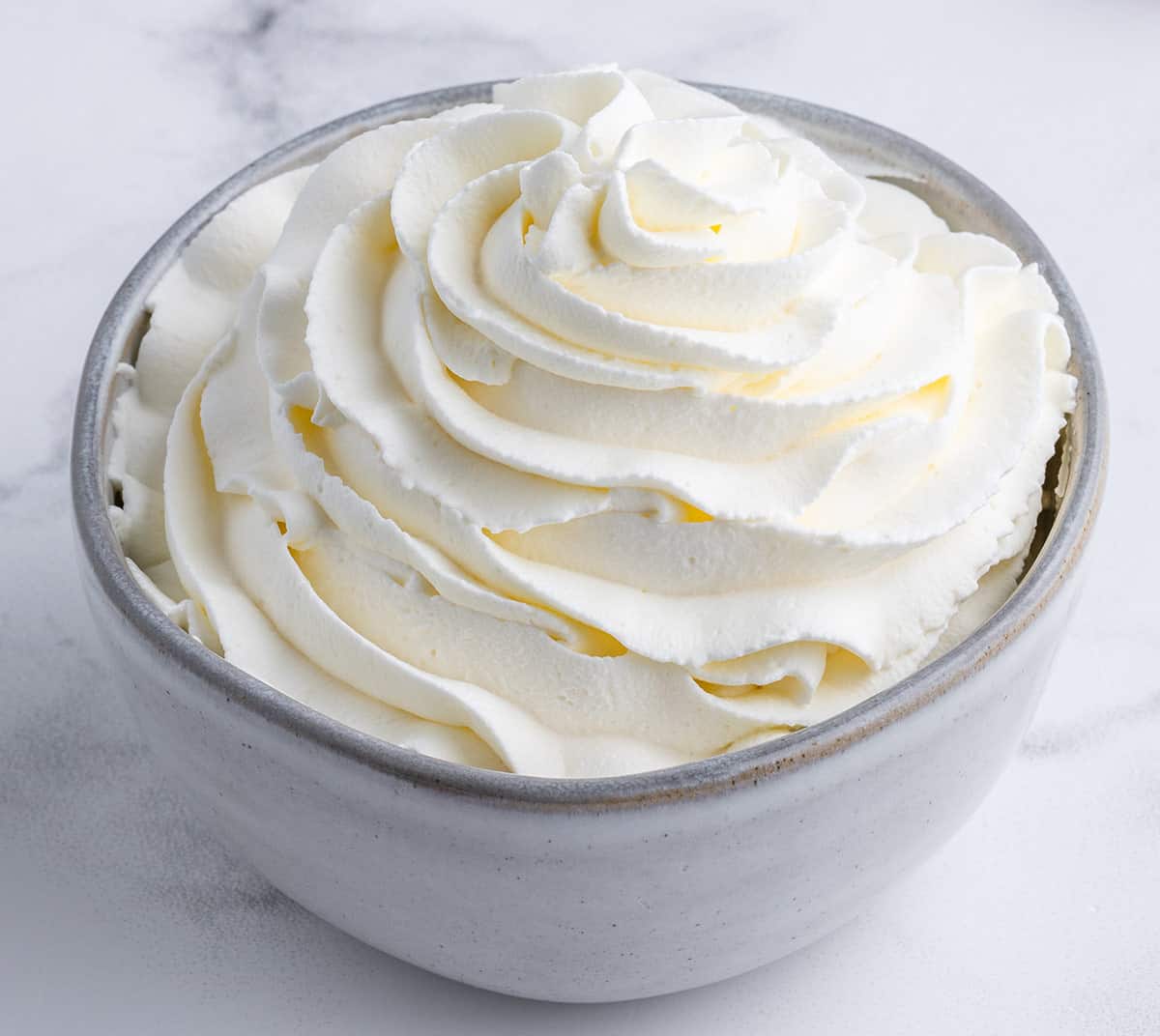
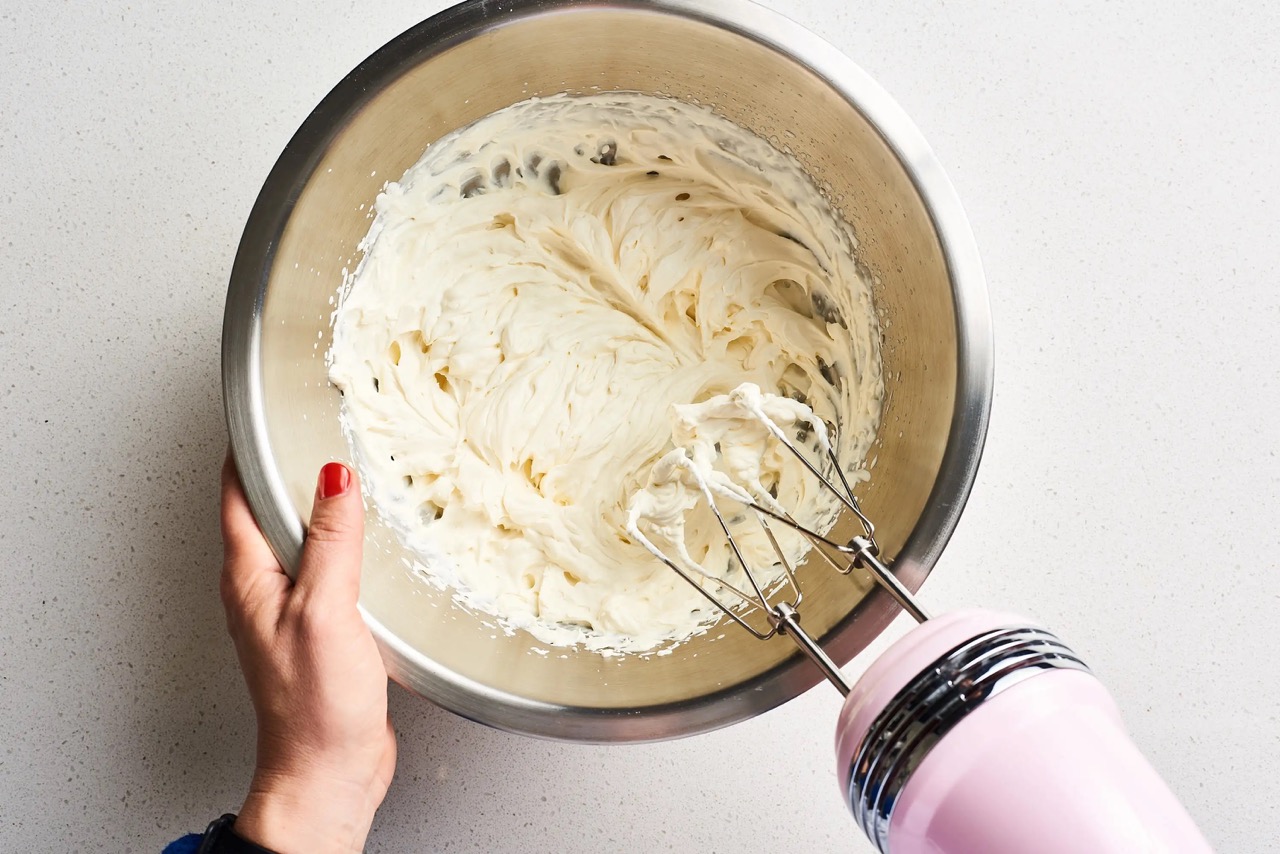
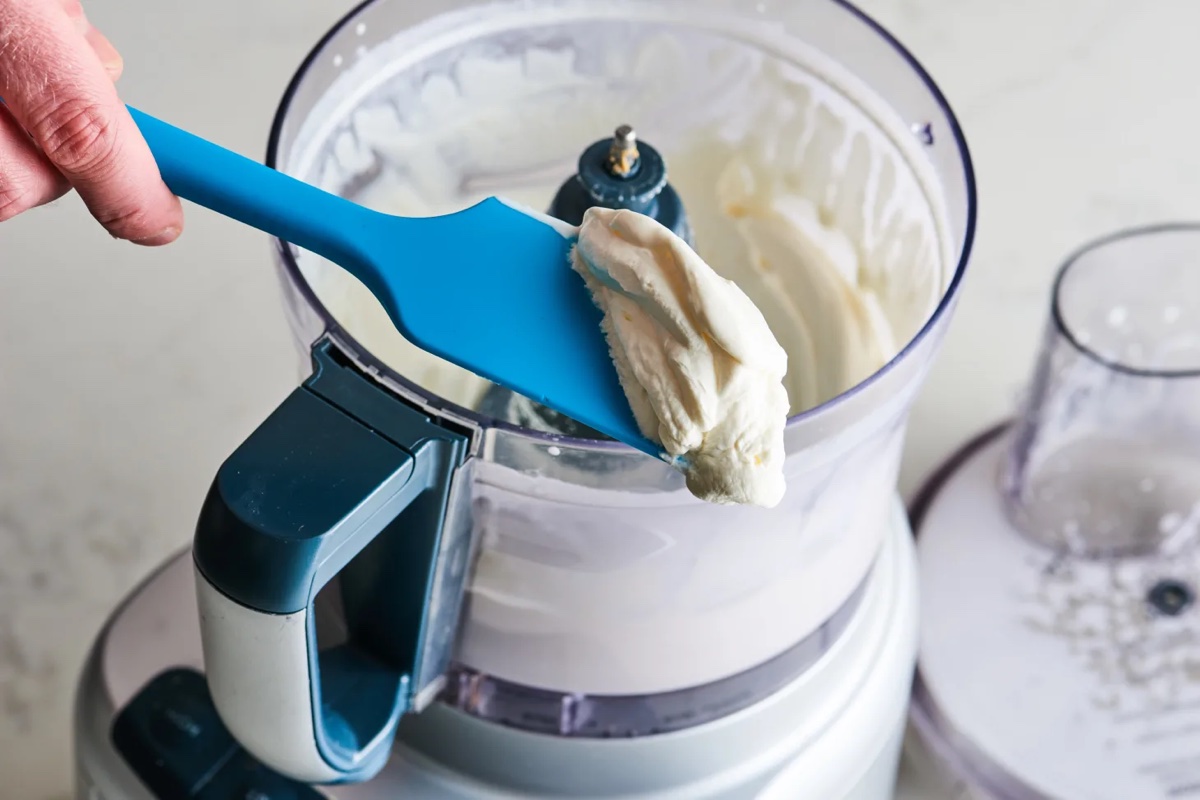
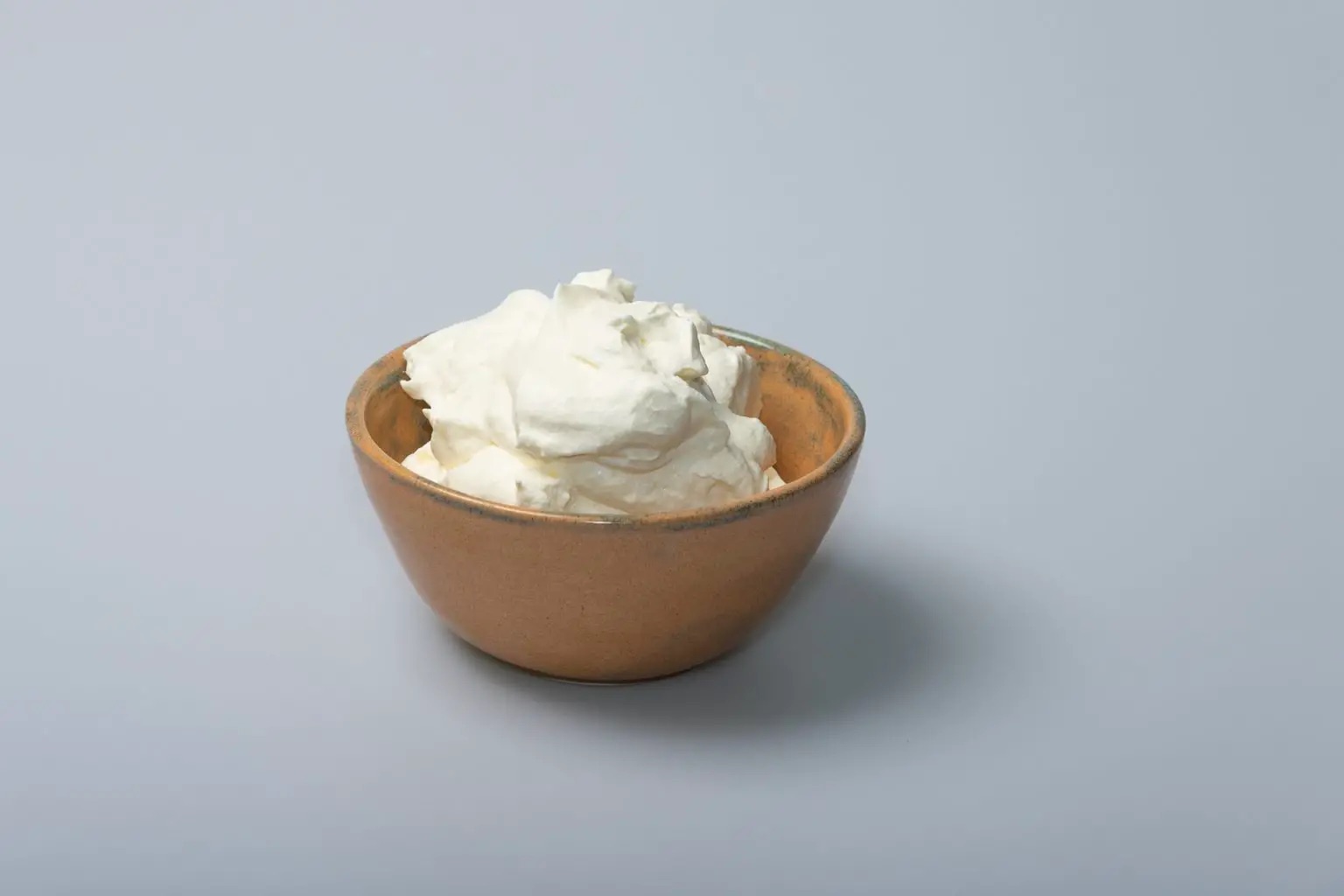
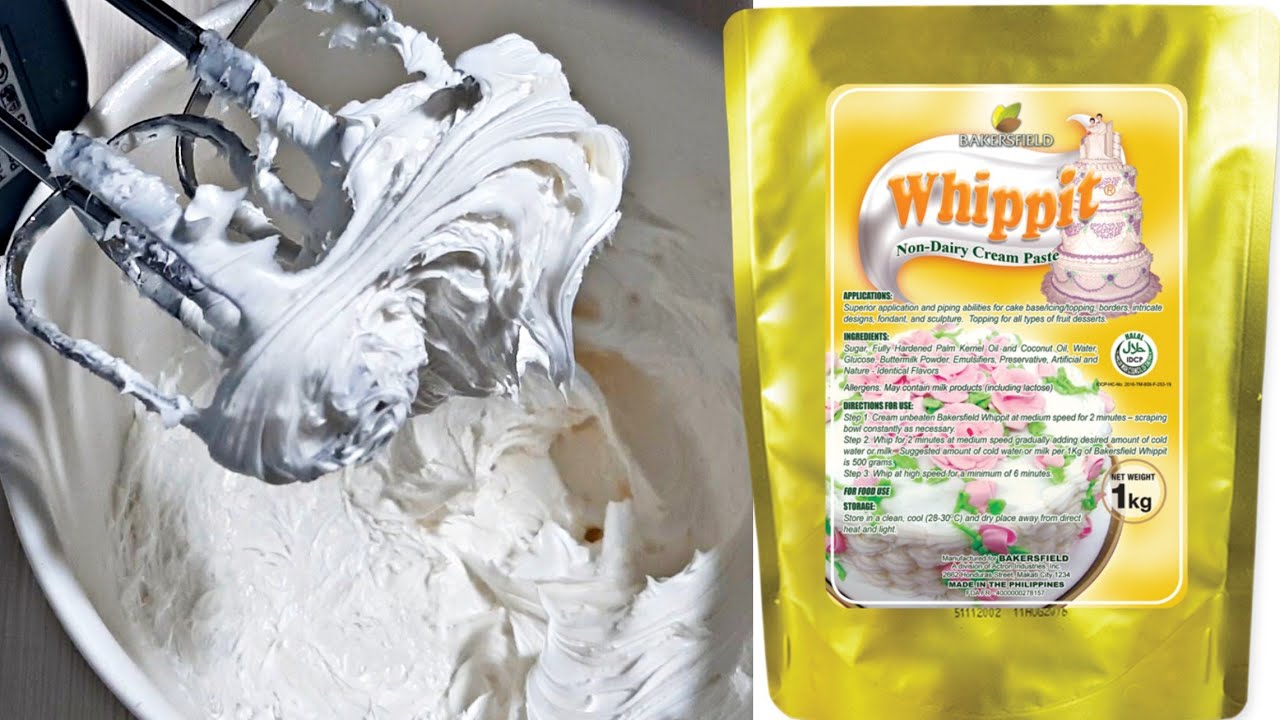
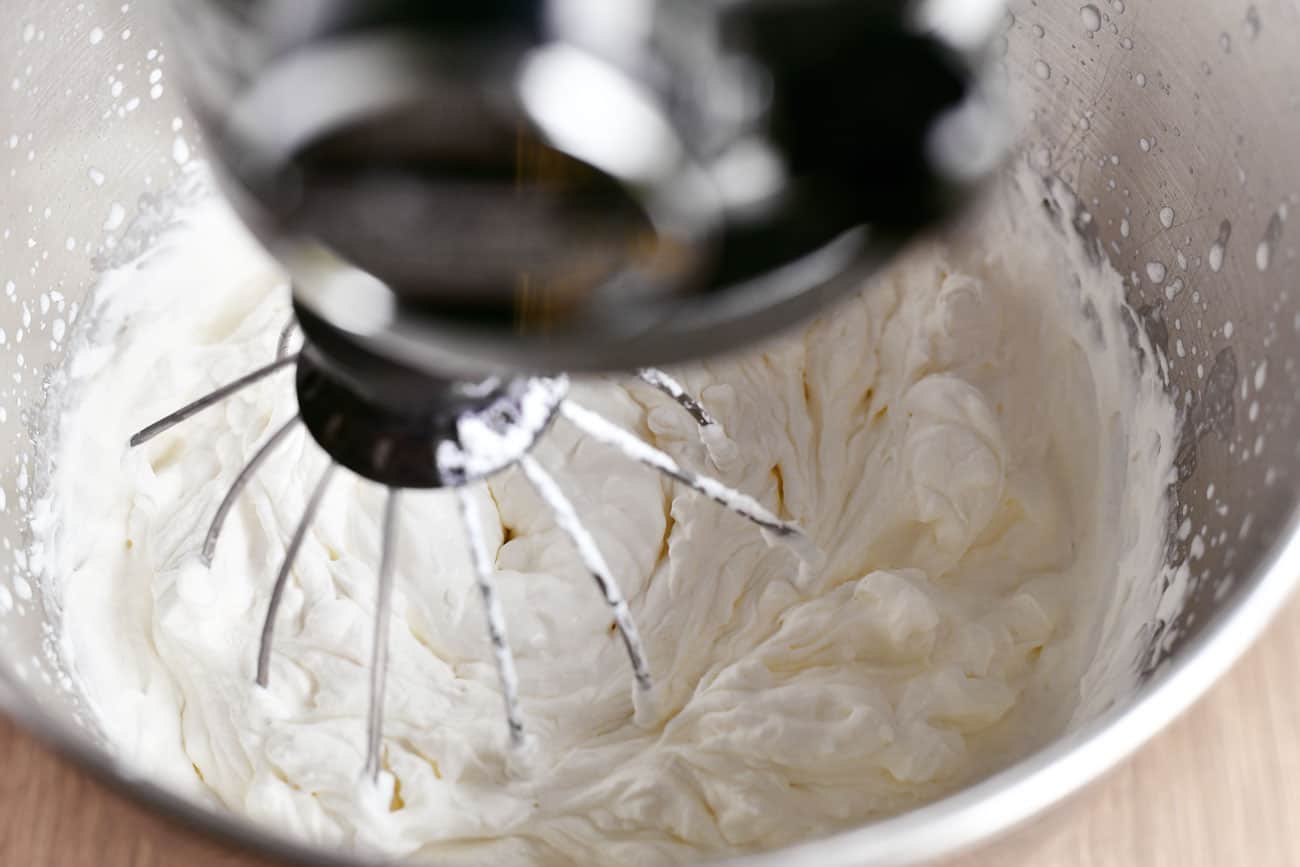
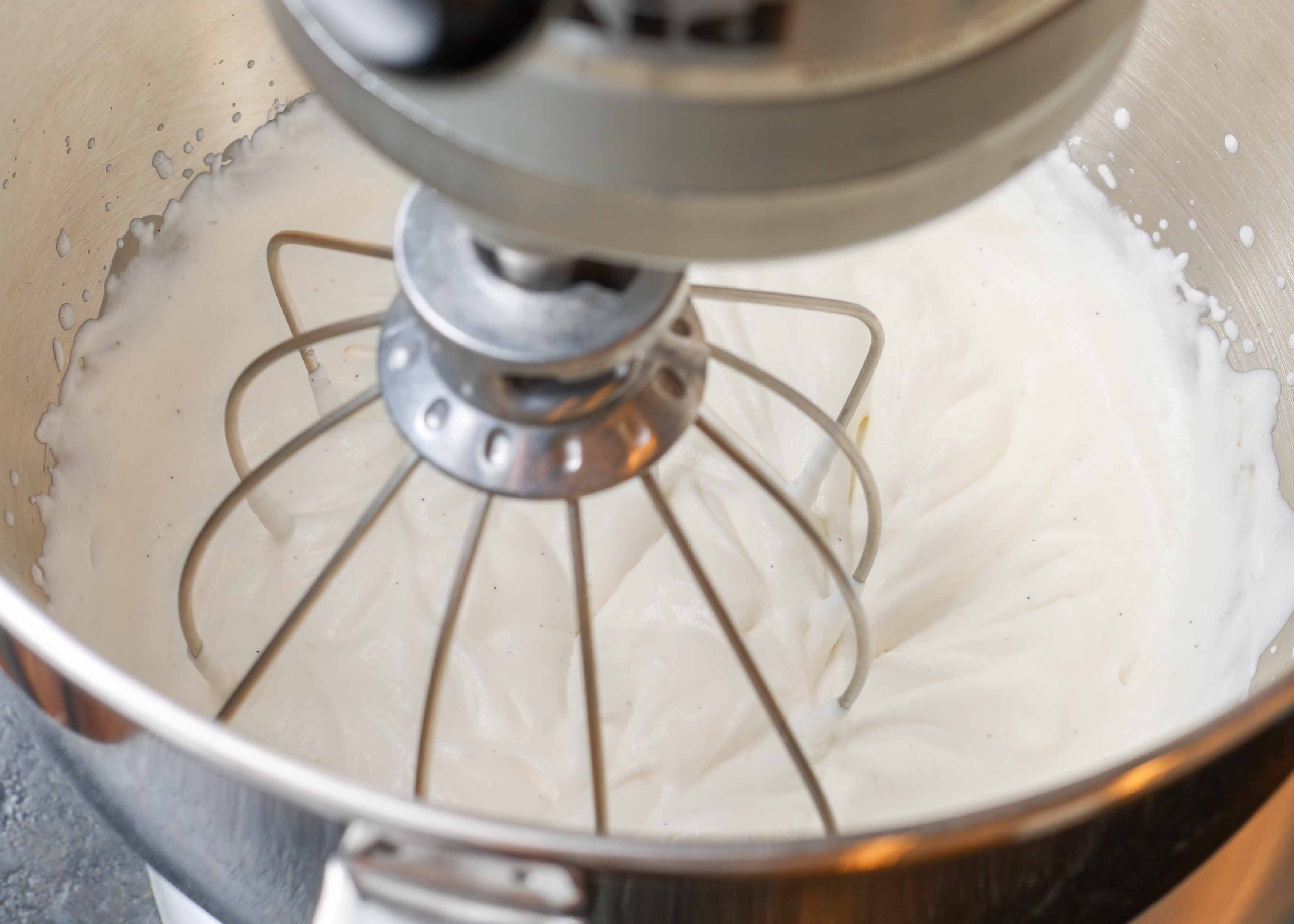
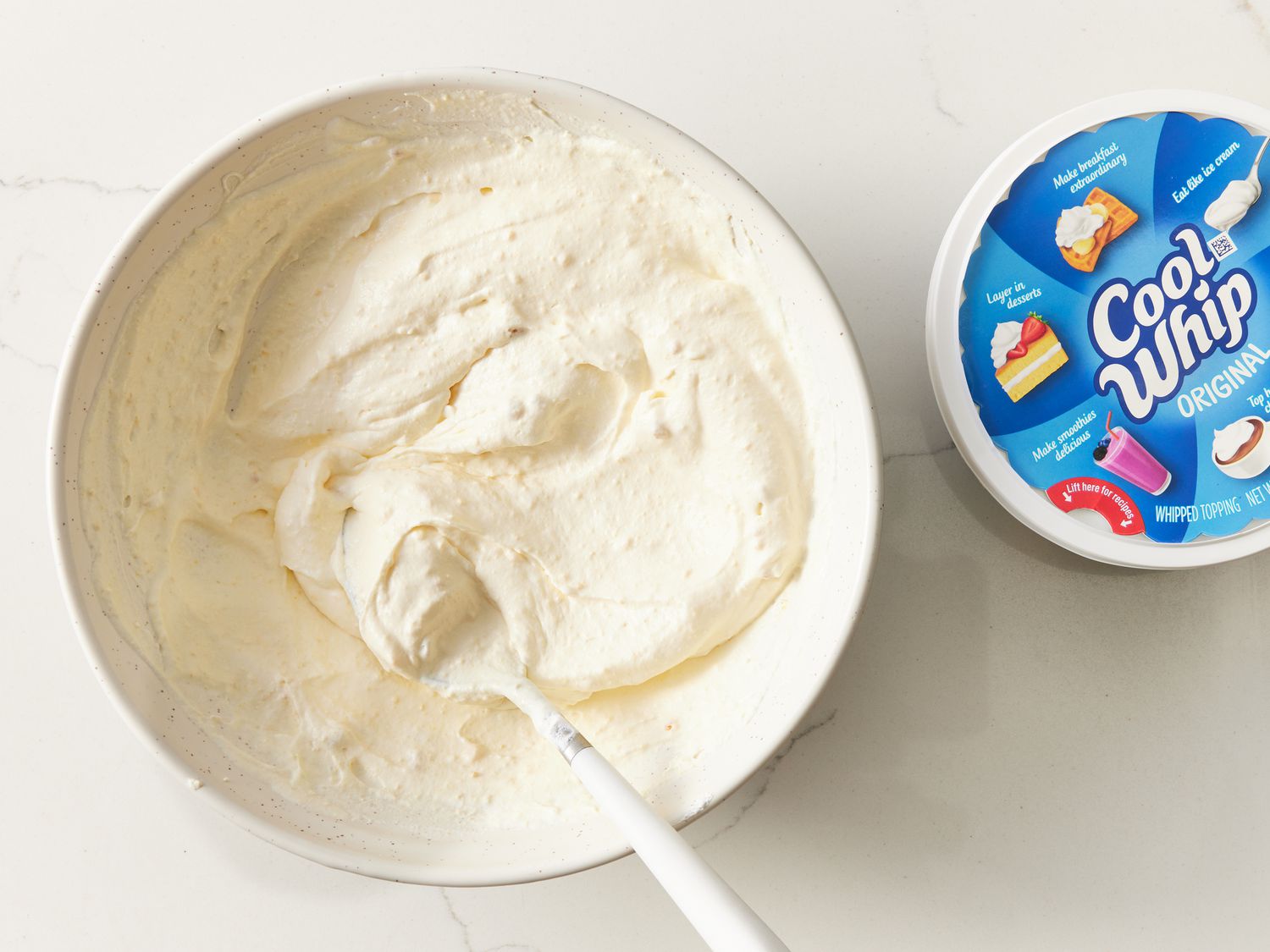
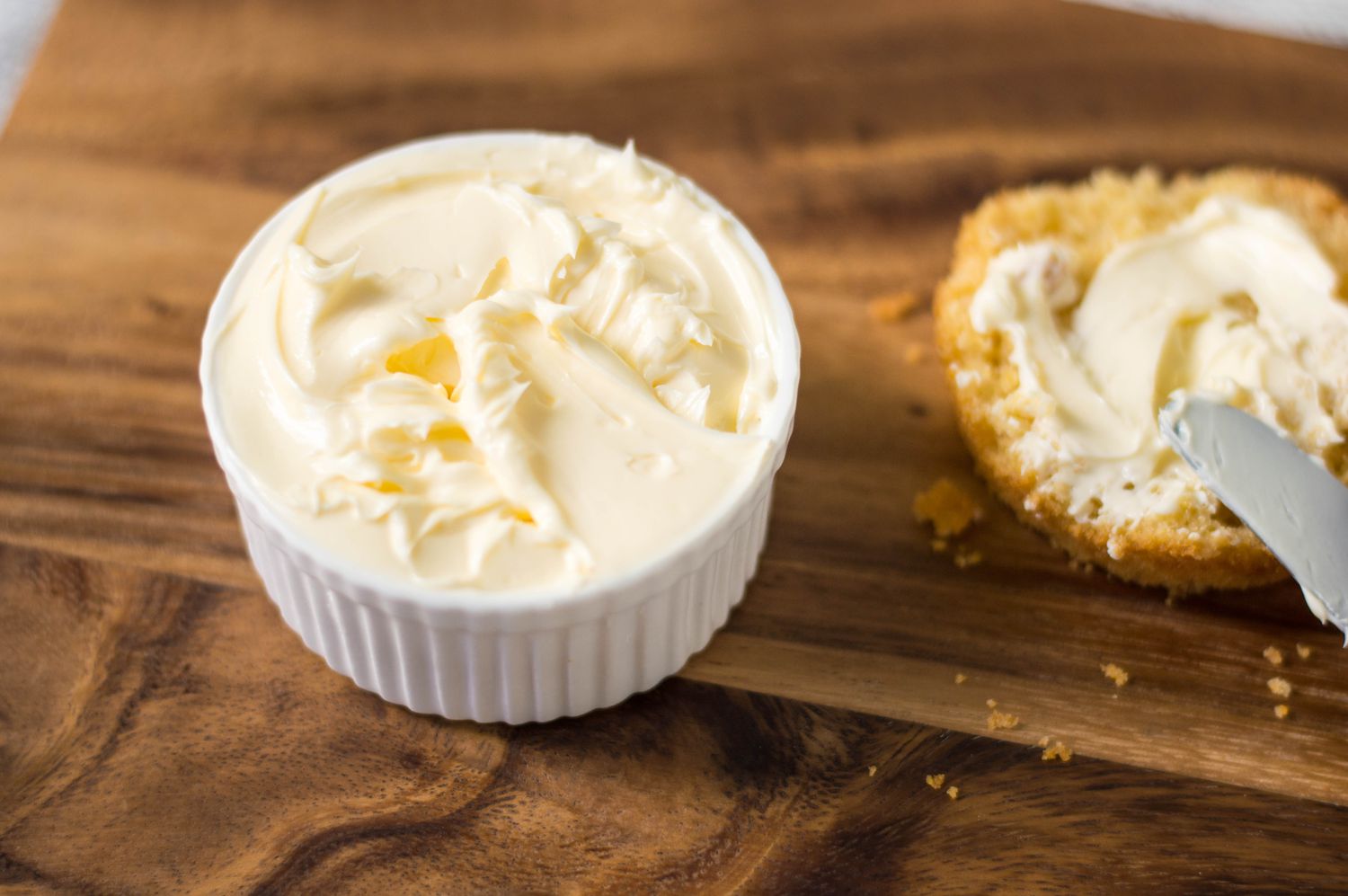
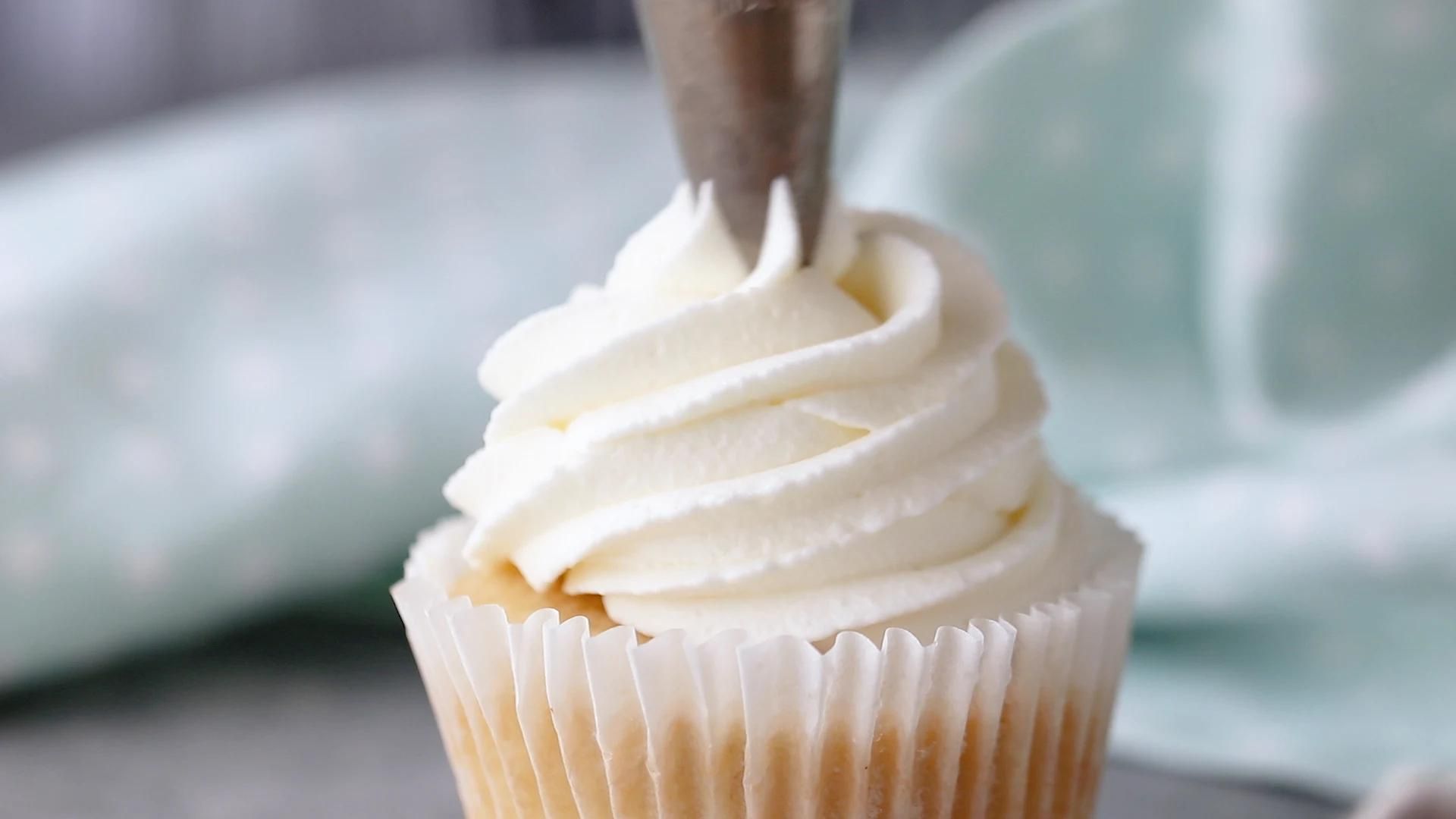
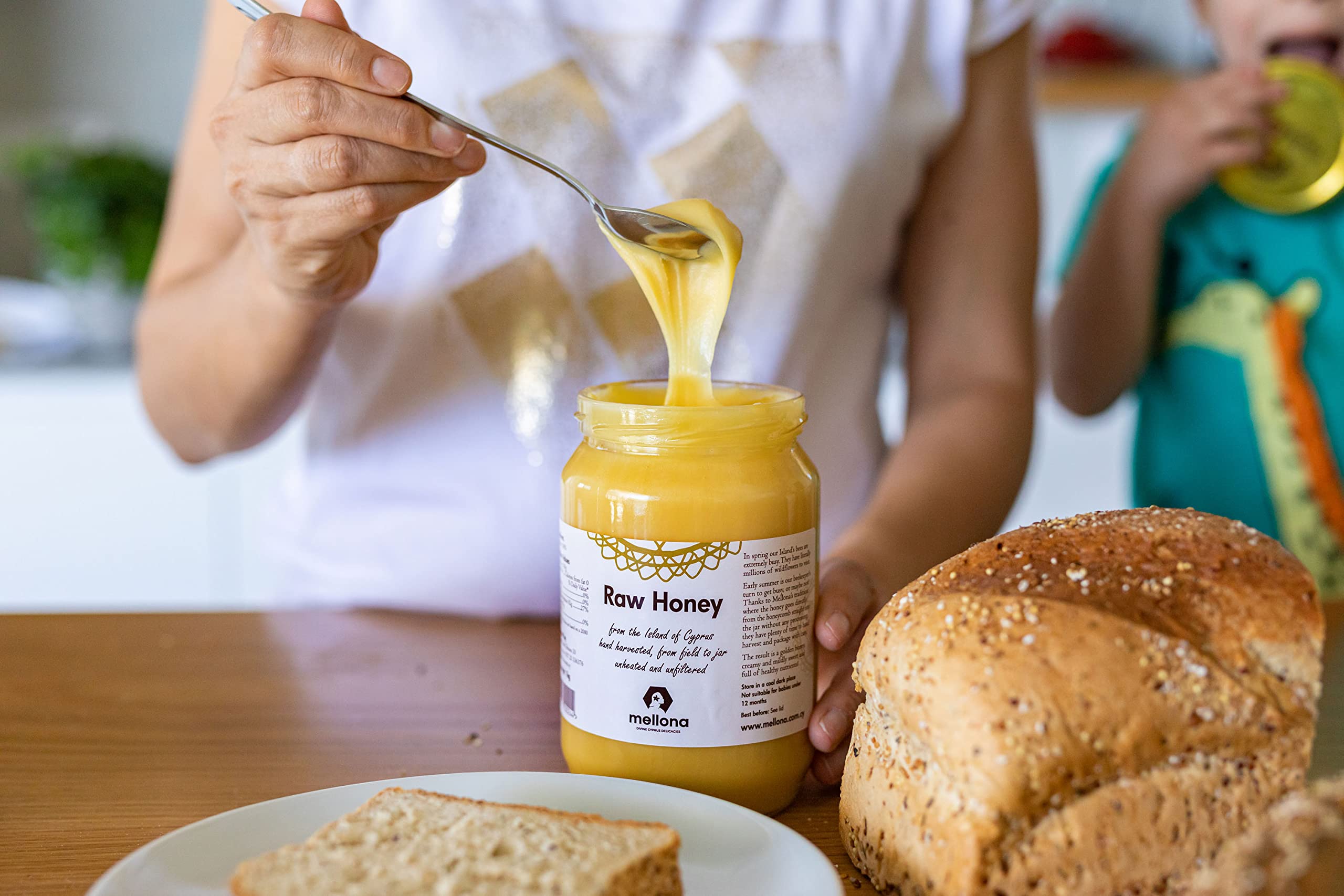

0 thoughts on “How To Store Whipping Cream”